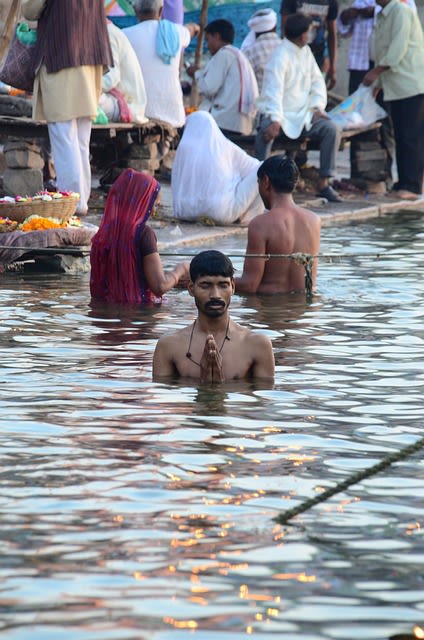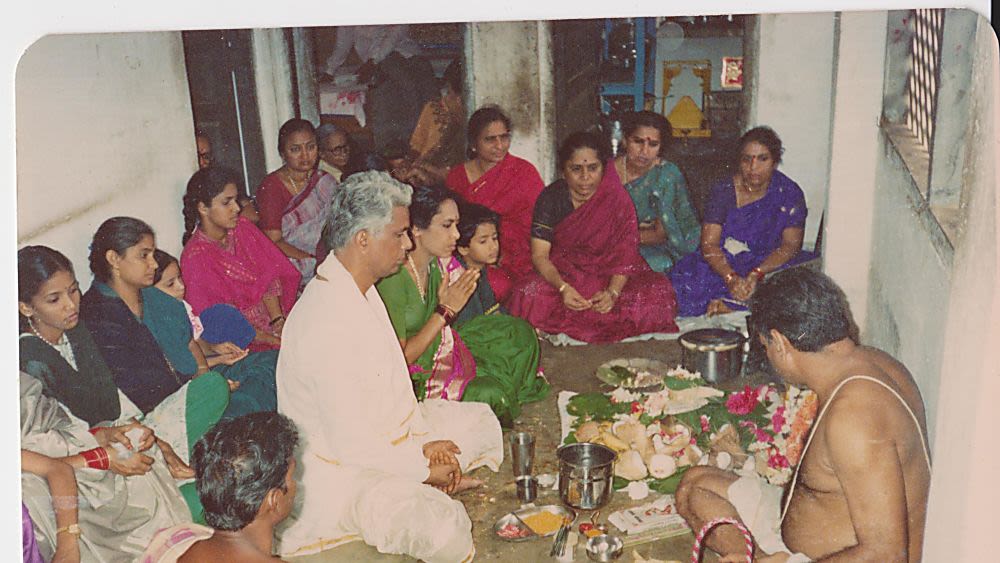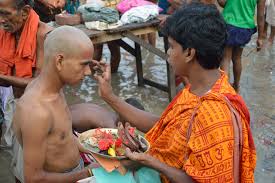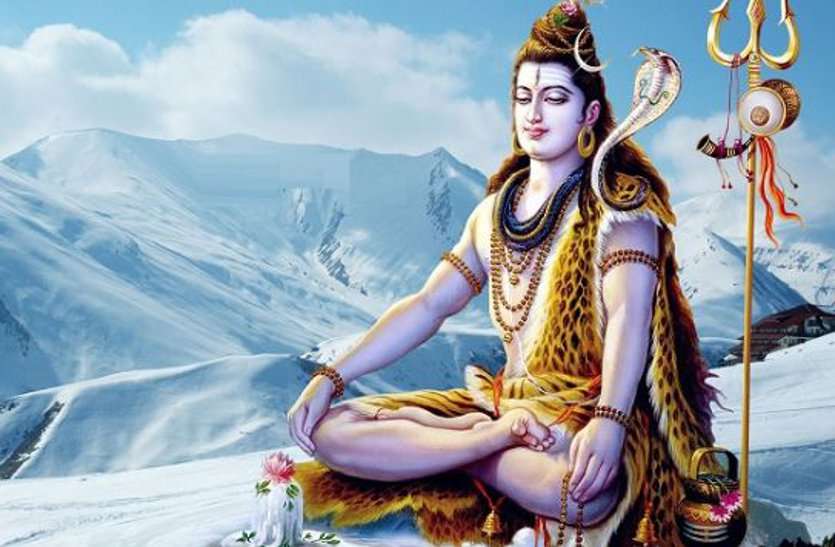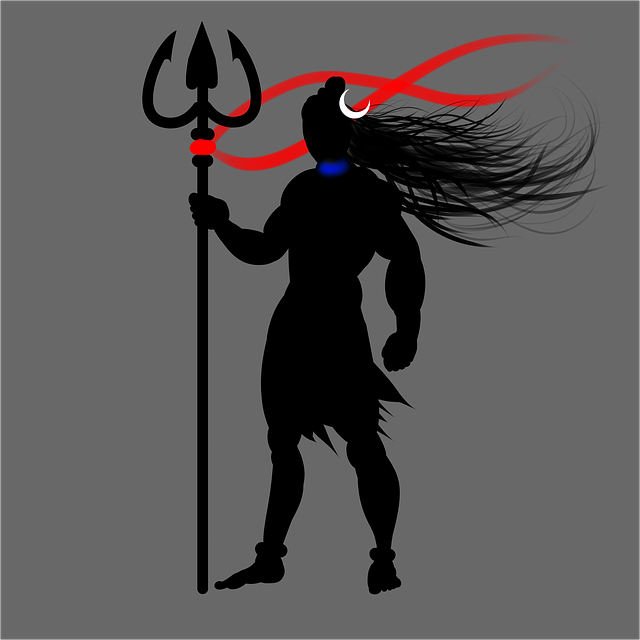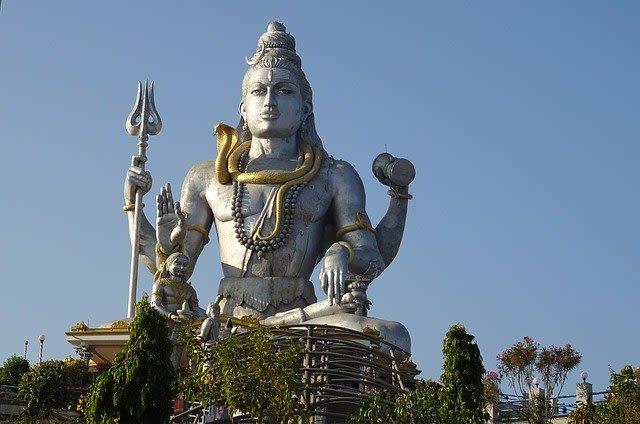Durga Puja- the most prominent part of the Navratri celebrations
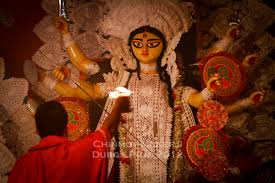
Durga Puja is also known as Durgotsava which is a combination of two words, i.e. Durga and Utsav. Durga is ‘Maa Shakti’ and ‘Utsav’ means joyous occasion or a festival. Hence, Durgotsava means the ‘the joyous occasion to celebrate the festival of Goddess Durga’.
Durga Puja is a celebration that goes on for six days as Mahalaya, Maha Shashti, Maha Saptami, Maha Ashtami (Durga Ashtami), Maha Navami and Vijaya Dashami. During this puja, other gods such as Lord Shiva, Goddess Lakshmi, Goddess Saraswati, Lord Ganesh, and Lord Kartikeya are also worshipped.
Durga Puja commences on the sixth day of the full moon in the month of Ashwin and then the worship continues for the next three days in daytime on the seventh, eighth and ninth lunar days of the full moon. On this occasion, in many places, large statues of demon Ravana are burnt with crackers to mark the victory of Lord Rama who freed Sita from his clutches.
This puja signifies that however powerful the evil forces are, at the end victory will always be in the hands of the righteous. This day marks the victory of Goddess Durga (good) over the Demon Mahishasura (evil). Hence, like many other festivals, this festival also shows the domination of good over bad.
The main teaching what we get from this puja not to let the negative energy dominate over the good and positive features.
